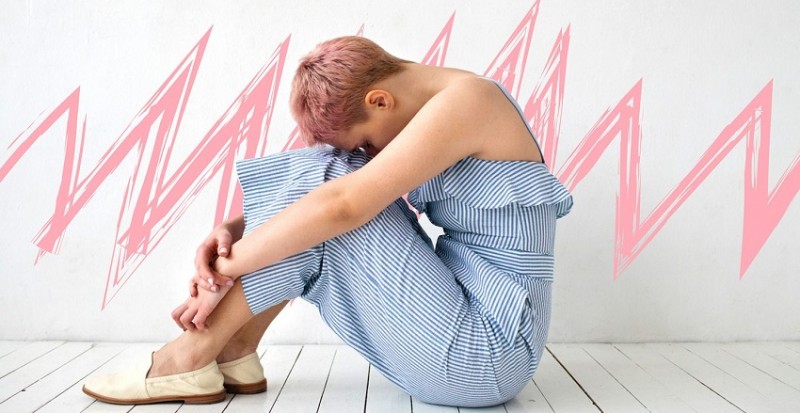
For many women, menstruation is not just a monthly occurrence; it can often bring along a range of uncomfortable symptoms, including headaches. While headaches during menstruation are relatively common, some women experience a specific type known as pure menstrual migraine. In this comprehensive guide, we will delve into what pure menstrual migraine entails, its symptoms, potential causes, and most importantly, effective strategies to manage and alleviate its impact on daily life.
What is Pure Menstrual Migraine?
Pure menstrual migraine, also referred to as menstrual-related migraine (MRM), is a subtype of migraine headache characterized by its close association with the menstrual cycle. Unlike regular migraines that may occur at any time, pure menstrual migraines specifically coincide with the menstrual period and typically occur without aura, although they can sometimes be accompanied by other migraine symptoms such as nausea, sensitivity to light and sound, and visual disturbances.
Symptoms of Pure Menstrual Migraine:
The symptoms of pure menstrual migraine are similar to those of other migraines, but they occur in a distinct pattern related to the menstrual cycle. Some common symptoms include:
Causes of Pure Menstrual Migraine:
The exact cause of pure menstrual migraine is not fully understood, but hormonal fluctuations, particularly changes in estrogen levels, are believed to play a significant role. Estrogen levels drop sharply just before menstruation begins, and this sudden decline can trigger migraines in susceptible individuals. Other factors such as stress, sleep disturbances, dietary factors, and environmental triggers may also contribute to the onset of pure menstrual migraines.
Dealing with Pure Menstrual Migraine:
While pure menstrual migraine can be debilitating, there are several strategies that can help alleviate symptoms and improve overall quality of life:
Maintain a Healthy Lifestyle: Adopting a healthy lifestyle can help reduce the frequency and severity of pure menstrual migraines. This includes getting regular exercise, eating a balanced diet, staying hydrated, and practicing stress-reduction techniques such as yoga, meditation, or deep breathing exercises.
Track Your Symptoms: Keeping a menstrual migraine diary can help identify patterns and triggers specific to your migraines. Note the onset, duration, and intensity of your headaches, as well as any associated symptoms and potential triggers such as hormonal fluctuations, dietary factors, stress, or sleep patterns.
Manage Hormonal Fluctuations: Talk to your healthcare provider about hormonal contraceptives or hormone replacement therapy options that may help regulate hormonal fluctuations and reduce the frequency of pure menstrual migraines. Some women find relief from pure menstrual migraines by using hormonal birth control methods such as combined oral contraceptives, patches, or vaginal rings.
Medication: Over-the-counter pain relievers such as ibuprofen, aspirin, or naproxen sodium may help alleviate mild to moderate menstrual migraines. For more severe migraines, prescription medications such as triptans or preventive medications may be recommended by your healthcare provider.
Alternative Therapies: Some women find relief from pure menstrual migraines through alternative therapies such as acupuncture, chiropractic care, massage therapy, or herbal supplements. While more research is needed to confirm the effectiveness of these approaches, they may offer relief for some individuals.
Prioritize Self-Care: During menstruation, prioritize self-care activities that promote relaxation and stress reduction. This could include taking warm baths, practicing gentle stretching exercises, getting adequate rest, and avoiding triggers such as caffeine, alcohol, and certain foods known to trigger migraines.
Seek Professional Help: If pure menstrual migraines significantly impact your quality of life or do not respond to over-the-counter treatments, consult a healthcare provider specializing in headache management or neurology. They can provide a comprehensive evaluation, offer personalized treatment recommendations, and help you manage your symptoms effectively.
In conclusion, pure menstrual migraine can be a challenging condition to manage, but with the right combination of lifestyle modifications, medication, and self-care strategies, it is possible to reduce the frequency and severity of symptoms and improve overall quality of life. By understanding your triggers, tracking your symptoms, and seeking appropriate medical guidance, you can take proactive steps to manage pure menstrual migraines and regain control over your health and well-being.